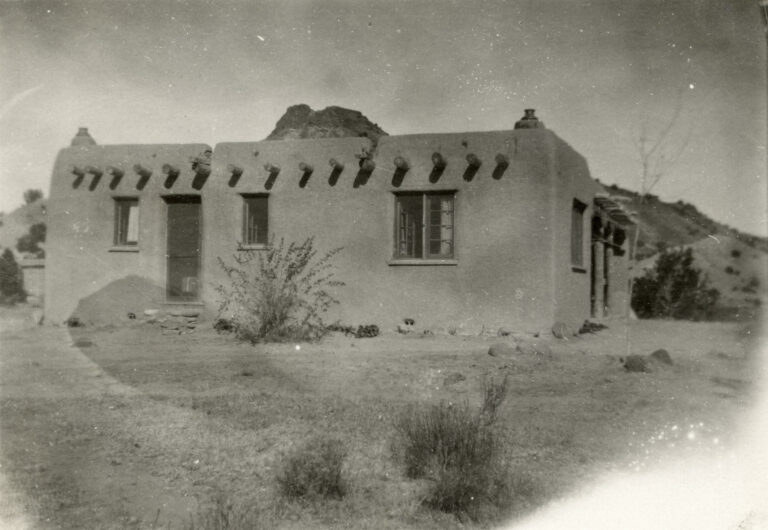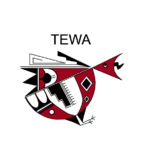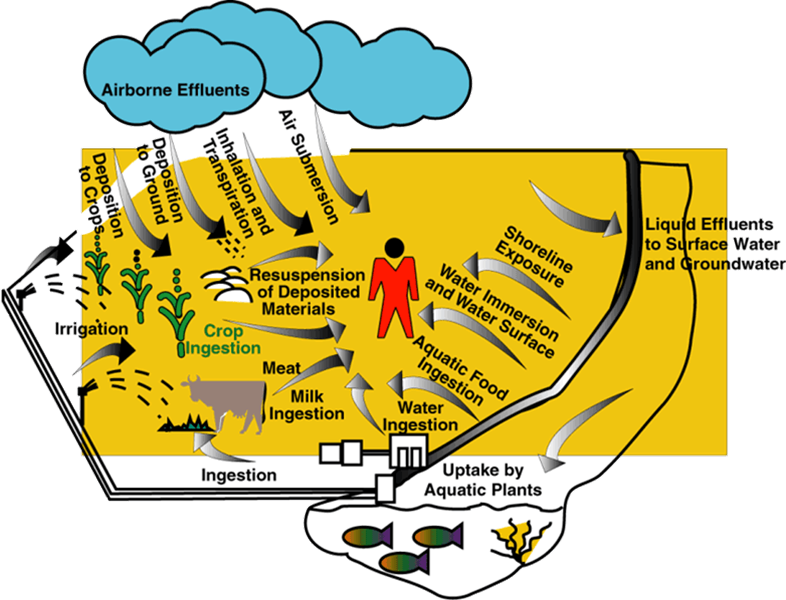Cultural Resources Program
Responsibilities of the Cultural Resources Program
Cultural Resources Advisor
Incorporates proprietary information regarding traditional practices for the Tribal Risk Assessment
Ensures preservation of historic sites both on and off the Pueblo
Emphasis on LANL activities that affect historic and cultural sites
Monitor and assist DOE and LANL with new archaeological findings
Identify discoveries of ancient remains or items of cultural sensitivity
Categorize all Traditional Cultural Properties (TCP) within the DOE/LANL boundary

Risk Assessment
Tribal Risk Assessment
Tribal members are affected in more ways then what traditional TRA take into account. A Pueblo TRA has to take into account not only the physical pathways but also the mental/spiritual aspects of what can happen when affected or exposed.
Natural Resources Damages Assessment (NRDA)
Define the amount of money or the type and scope of actions needed to restore, replace, or acquire the equivalent of injured natural resources
Process must consider all lost natural resource services due to the presence of contaminants that impact the Pueblo
The NRDA process considers injury determination and quantification
Industrial Economics Corp. was contracted to manage and develop
DOE is both funding the NRDA and is a Trustee
The NRDA will be a multi-year project, and is a highly technical process
The Pueblo must participate without violating confidentiality concerns
Pueblo must determine what type of restoration actions it desires
LANL operations have resulted in the release of hazardous substances to the environment. Trustees act on behalf of the affected parties and the public to plan and implement actions to restore these damages
The NRDA process started with the 2010 “Preassessment Screen,” i.e., the “Plan”
The Trustees include: DOE; State of NM; San Ildefonso; Santa Clara; Jemez; USDA Forest Service; DOI—BIA.

